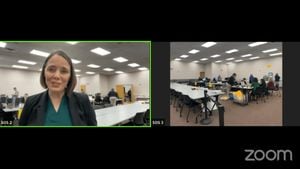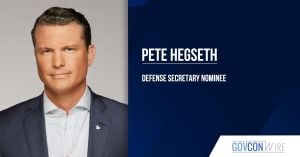Protests against Israeli actions in Gaza have escalated globally, making headlines from campuses to major cities. These demonstrations, marked by solidarity with the Palestinians, reflect the growing discontent over U.S. and Israeli policies.
One of the notable protests took place at Columbia University, where student groups labeled Veterans Day as "Martyrs Day," challenging the symbolism traditionally associated with the holiday. This was part of the broader discontent surrounding U.S. military support for Israel. Meanwhile, veterans from the university organized counter-rallies to express their disapproval of the derogatory remarks tied to their service, calling the students' actions disrespectful.
On the same front, a recent exhibition titled "Hind’s House," hosted at Columbia, drew attention to the war's devastation. The exhibition featured the works of over 50 artists and was linked to the tragic death of Hind Rajab, a six-year-old girl killed during Israeli bombings. The event, coordinated by the Hind Collective, aimed to reaffirm solidarity with Palestine through art and activism. Participants noted the exhibition’s significance as it became intertwined with the larger conversation about human rights and the urgent need for humanitarian aid, especially following the deaths of more than 40,000 people, predominantly women and children, during the conflict.
Part of this artistic resistance includes the use of the watermelon as a symbol of Palestinian identity and resistance. The history behind this imagery dates back to the 1967 Six-Day War, when the Palestinian flag could not be displayed openly. Artists like Khaled Hourani, who were inspired to create works incorporating the flag's colors, were met with resistance from Israeli authorities. This metaphorical use of the watermelon has since evolved to resonate at protests worldwide, reinforcing Palestinian narratives and highlighting the cultural aspects of resistance.
Also notable were protests organized by Palestine Action, which recently disrupted operations at Elbit Systems UK, a defense contractor. Activists emphasized the company's connection to the Israeli military, asserting their opposition to weapons being used against Palestinians. Their actions underline the growing frustration directed not only at Israeli policies but also at those companies involved in supporting these operations.
The protests are not limited to academic institutions but have sparked actions across various cities, emphasizing the sentiment of resistance against perceived injustices. Activists argue these protests represent more than just opposition to military actions; they signify broader calls for justice and recognition of Palestinian rights.
At these events, discussions focused on the humanitarian crisis resulting from the conflict, with calls for increased awareness and assistance for those affected. Activists highlighted the importance of art and expression as powerful tools to engage the public and lobby for change, alongside traditional protests.
Columbia University’s past protests saw overwhelming participation, resulting in significant global attention and sparking similar movements on campuses worldwide. Students involved aim to not only spotlight the humanitarian aspect of the Israeli-Palestinian conflict but to also hold institutions accountable for their roles within the movement. Similar events have occurred elsewhere, with students at art schools nationwide facing more stringent policies as universities react to protests.
The dynamics of these protests are not merely local but are tied to geopolitical issues, as exemplified by the recent U.S. elections, where the election of Donald Trump may shift U.S. policies toward Israel, creating unease among activists and supporters of Palestinian rights. The call for solidarity transcends borders as protests continue across Europe and beyond, emphasizing the global dimension of the crisis.
Overall, the wave of protests signals not only outrage but also hope for solidarity and change, as activists from various backgrounds unite to push for recognition and advocacy for Palestinians. The conversations sparked on university campuses are part of larger movements demanding justice and equity, aiming to shift perceptions and policies related to the Israeli-Palestinian conflict.



